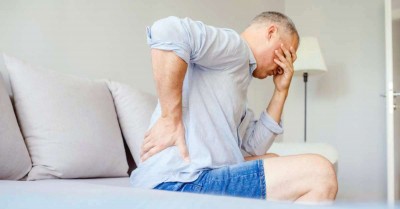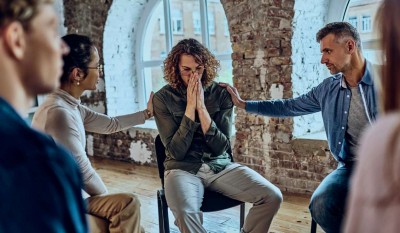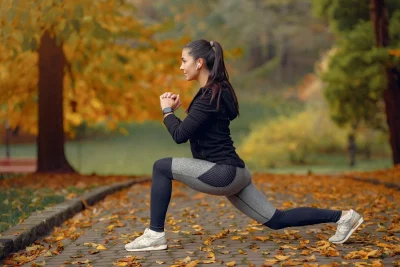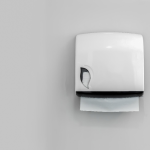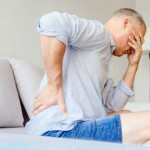Varicose Veins vs. Spider Veins
Warning: Undefined variable $post in /home/dietofli/public_html/wp-content/plugins/code-snippets/php/snippet-ops.php(584) : eval()'d code on line 3
Warning: Attempt to read property "ID" on null in /home/dietofli/public_html/wp-content/plugins/code-snippets/php/snippet-ops.php(584) : eval()'d code on line 3
The estimated reading time is 3 minutes
Warning: Undefined variable $post in /home/dietofli/public_html/wp-content/plugins/oxygen/component-framework/components/classes/code-block.class.php(115) : eval()'d code on line 3
Warning: Attempt to read property "ID" on null in /home/dietofli/public_html/wp-content/plugins/oxygen/component-framework/components/classes/code-block.class.php(115) : eval()'d code on line 3
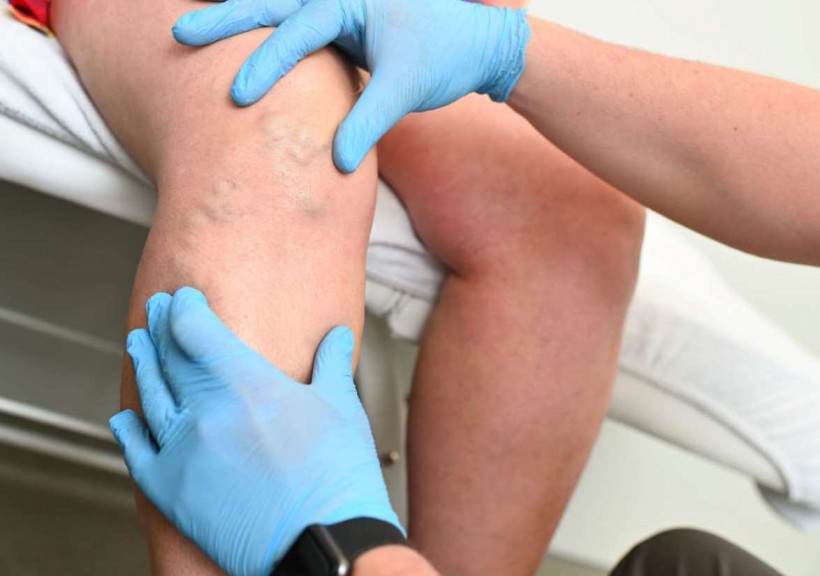
Varicose veins and spider veins are visible through your skin. While spider veins are often considered a cosmetic issue, varicose veins can create significant health concerns. In both cases, the valves intended to keep your blood moving toward your heart fail to close, which allows blood to leak backwards into your veins. The smallest vessels, your capillaries, take on an appearance similar to a spider’s web. Larger veins can bulge, twist, and cause severe discomfort.
Symptoms of Varicose Veins
The predisposition to develop varicose veins often run in families. While any vein can become varicose, it is most common to have varicose veins appear on your legs and feet. That’s because standing and walking create a significant amount of pressure on the veins of your lower body.
If you have varicose veins, you may recognize some of the following symptoms:
- Dark blue or purple veins on legs and feet
- Legs that ache or feel heavy
- Veins that appear twisted or bulging
- Leg cramps
- Throbbing or burning
- Pain that worsens with prolonged sitting or standing
- Skin inflammation or ulceration
Varicose Vein Treatment
Self-care, including exercise and compression stockings, is usually all that is needed to minimize the discomfort of varicose veins or slow their progression. If your varicose veins are causing pain, you may want to seek the advice of a vein specialist to discuss varicose vein treatment.
You have several treatment options which may include:
Laser surgery
- Lasers deliver strong bursts of light into the vein
Catheter-assisted radiofrequency
- Using heat to eliminate the diseased vein
Sclerotherapy
- Eliminating the vein with chemical injections
Foam sclerotherapy
- For large veins, a foam solution seals the vein
Ambulatory phlebectomy
- Removing diseased veins through tiny punctures
Causes of Spider Veins
Spider veins, or telangiectasia, are named for the web-like appearance on the surface of your skin. While varicose veins are typically found in your legs, spider veins can appear anywhere on your body, including your face. They are generally benign, meaning they cause no harm. Spider veins can cause discomfort, and some people consider them unattractive.
Researchers don’t know precisely why telangiectasia develop but suspect a combination of genetic and environmental factors. In fact, many cases develop from extreme temperature and sun exposure. If you work outdoors, you may already have evidence of spider veins.
Some other causes of spider veins include:
Corticosteroids
- Because they thin the skin
Pregnancy
- Increases pressure on veins
Rosacea
- Enlarges blood vessels on the face
Alcoholism
- Affects blood flow
Lupus
- Increases skin sensitivity
Ageing
- Blood vessels weaken over time
Treatment Options for Spider Veins
While they are typically only a cosmetic issue, you can eliminate problematic spider veins. Treatment can improve the appearance of your skin. The most common treatments for spider veins include:
Sclerotherapy
- Injecting spider veins with a chemical solution
Thermal ablation
- Heating spider veins with lasers or radiofrequency
Both of these spider vein treatments injure the vein and cause it to collapse. Your collapsed veins are harmlessly absorbed by your body over the next few months.
Spider veins and varicose veins have similar origins. They are both caused by blood pooling in your blood vessels. While varicose veins can cause significant discomfort and skin ulcerations, spider veins are typically a cosmetic concern. If you are troubled by varicose veins or spider veins, address your concerns with your physician or a vein specialist. Vein treatments typically yield permanent results.


